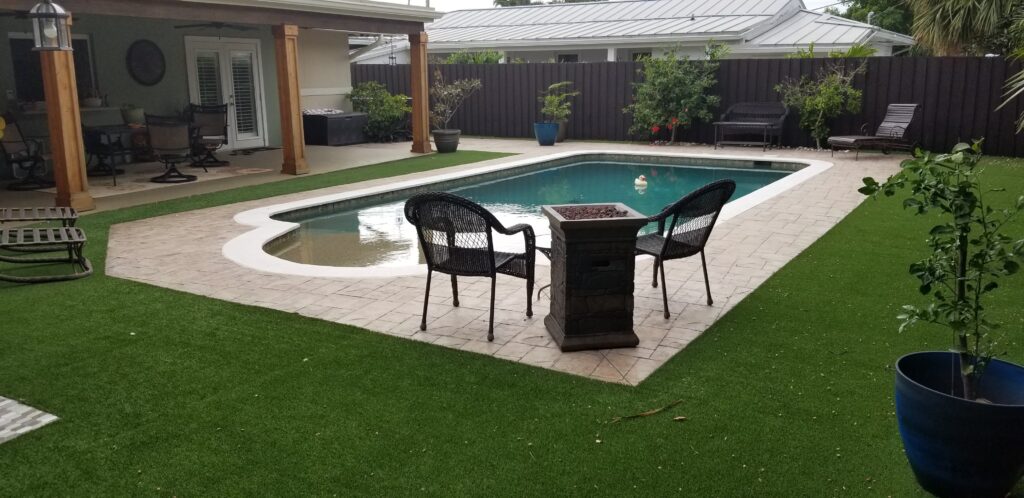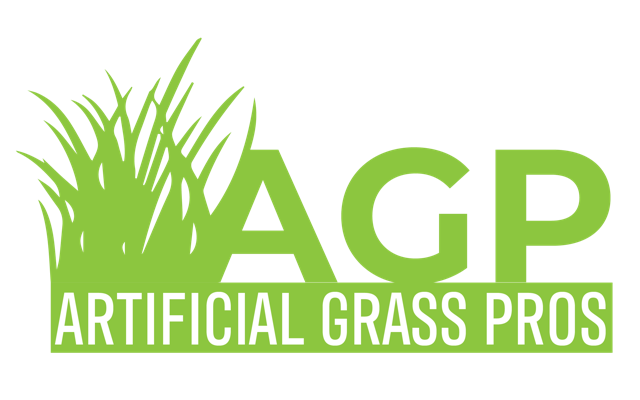Installing artificial grass offers numerous environmental benefits that make it an attractive alternative to natural grass. From water conservation to reducing the need for harmful chemicals, here are some of the key environmental advantages of using artificial turf in your outdoor spaces.
1. Water Conservation
One of the most significant environmental benefits of artificial grass is its ability to conserve water.
- Reduced Water Usage: Natural grass lawns require regular watering to stay healthy, especially in dry and arid regions. Artificial grass does not need watering, which can lead to significant reductions in water usage. This is particularly important in areas facing water shortages or drought conditions.
- Water Resource Management: By reducing the demand for irrigation, artificial grass helps conserve valuable water resources, making it an environmentally responsible choice.
2. Elimination of Pesticides and Fertilizers
Artificial grass eliminates the need for chemical pesticides and fertilizers, which have several environmental advantages.
- Reduction of Chemical Runoff: Chemical fertilizers and pesticides used on natural grass can run off into local water systems, contaminating rivers, lakes, and oceans. Artificial grass does not require these chemicals, reducing the risk of water pollution.
- Healthier Soil and Water: By avoiding the use of harmful chemicals, artificial grass contributes to healthier soil and water ecosystems, benefiting local wildlife and plant life.
3. Reduction in Air Pollution
Maintaining a natural grass lawn often involves using gas-powered lawn equipment, which contributes to air pollution.
- No Emissions from Lawn Equipment: Artificial turf does not require mowing, trimming, or edging with gas-powered equipment, reducing emissions of carbon dioxide and other pollutants. This leads to improved air quality and a reduction in the carbon footprint associated with lawn care.
- Lower Carbon Footprint: The reduction in the use of lawn care equipment and the elimination of transportation emissions for fertilizers and pesticides contribute to a lower overall carbon footprint.
4. Recycling and Sustainability
Many artificial grass products are made from recycled materials and are designed to be recyclable at the end of their lifespan.
- Use of Recycled Materials: Some manufacturers produce artificial grass using recycled plastics and rubber, helping to reduce waste and promote the recycling industry.
- Recyclability: When artificial grass reaches the end of its usable life, it can often be recycled, further reducing its environmental impact.
5. Reduction in Soil Erosion
Artificial grass helps to stabilize the soil and prevent erosion.
- Erosion Control: In areas prone to soil erosion, artificial grass provides a stable ground cover that prevents soil displacement. This is particularly beneficial on slopes, embankments, and areas with poor soil quality.
- Protecting Landscapes: By preventing soil erosion, artificial grass helps maintain the integrity of landscapes and supports healthier plant life in surrounding areas.
6. Conservation of Natural Habitats
Reducing the need for large natural grass lawns can help conserve natural habitats and support biodiversity.
- Less Land Use: By using artificial grass in urban and suburban areas, more land can be preserved in its natural state, providing habitats for wildlife and promoting biodiversity.
- Reduced Impact on Ecosystems: The reduced need for water and chemicals minimizes the impact on surrounding ecosystems, allowing local flora and fauna to thrive.
7. Heat Island Effect Mitigation
Artificial grass can help mitigate the urban heat island effect, which occurs when urban areas become significantly warmer than their rural surroundings.
- Reflective Properties: Some artificial grass products are designed with reflective properties that help reduce heat absorption, keeping the surface cooler than other materials like concrete or asphalt.
- Greener Urban Spaces: Installing artificial grass in urban areas can contribute to creating cooler, greener spaces that help offset the heat island effect and provide more comfortable environments for residents.
Conclusion
Installing synthetic turf offers numerous environmental benefits, including significant water conservation, elimination of harmful chemicals, reduction in air pollution, and soil erosion control. Additionally, it supports recycling and sustainability efforts, conserves natural habitats, and helps mitigate the urban heat island effect. By choosing artificial grass, homeowners and businesses can create beautiful, low-maintenance landscapes that contribute positively to the environment.
(321) 204-7405


Recent Comments